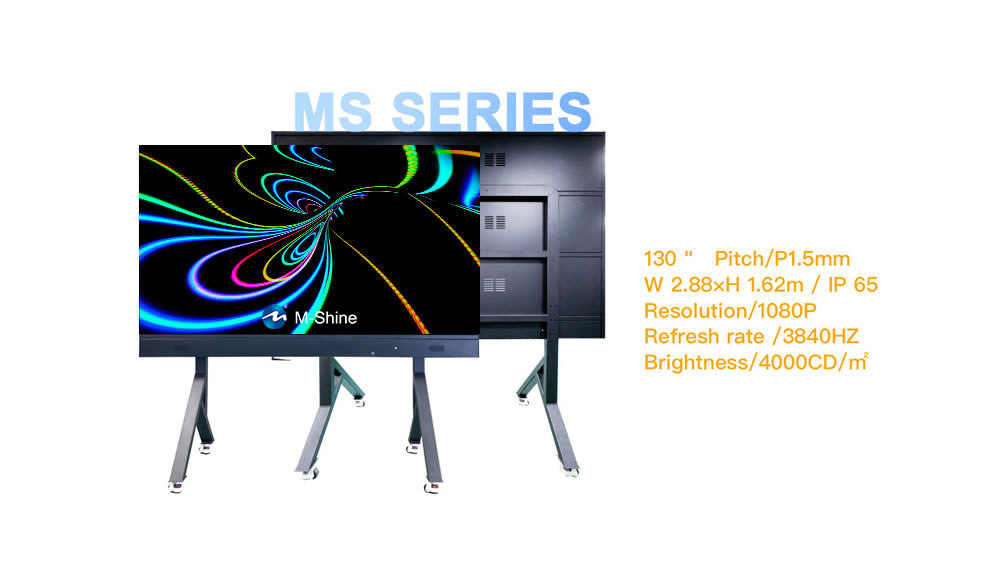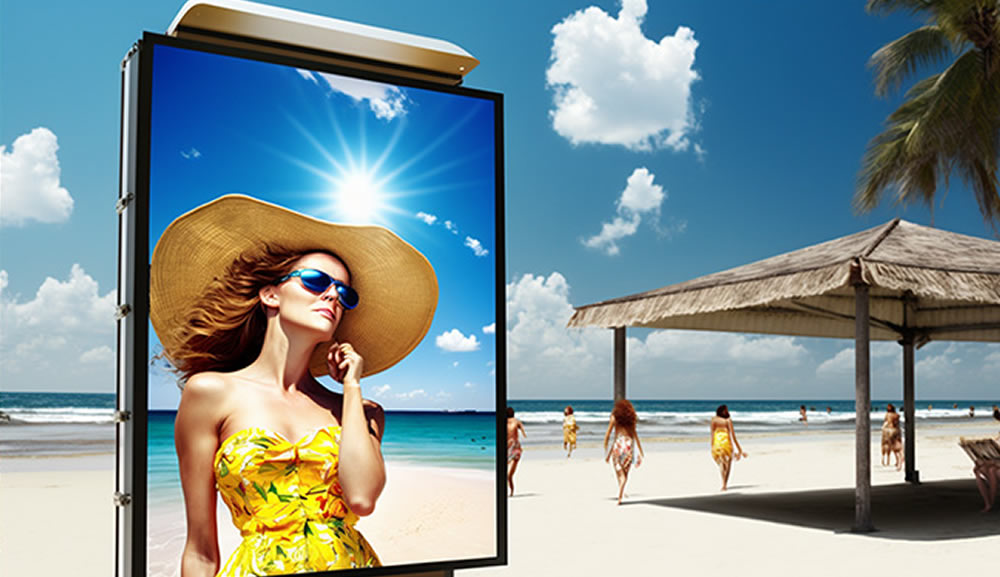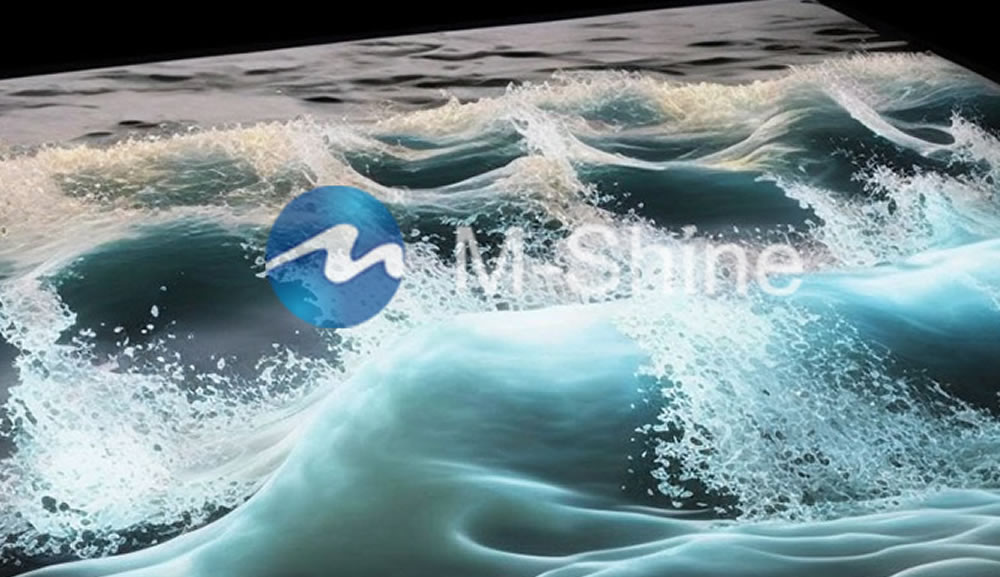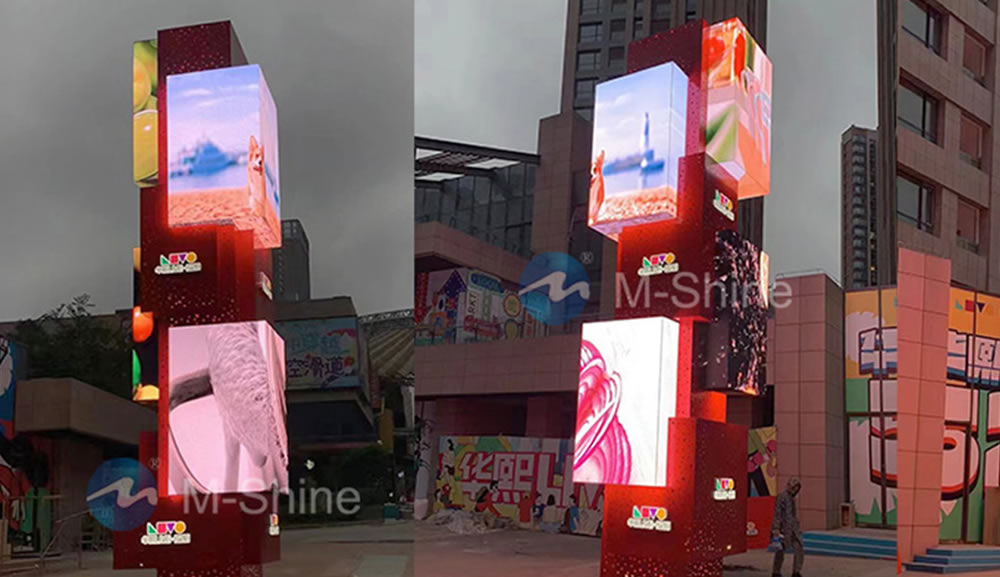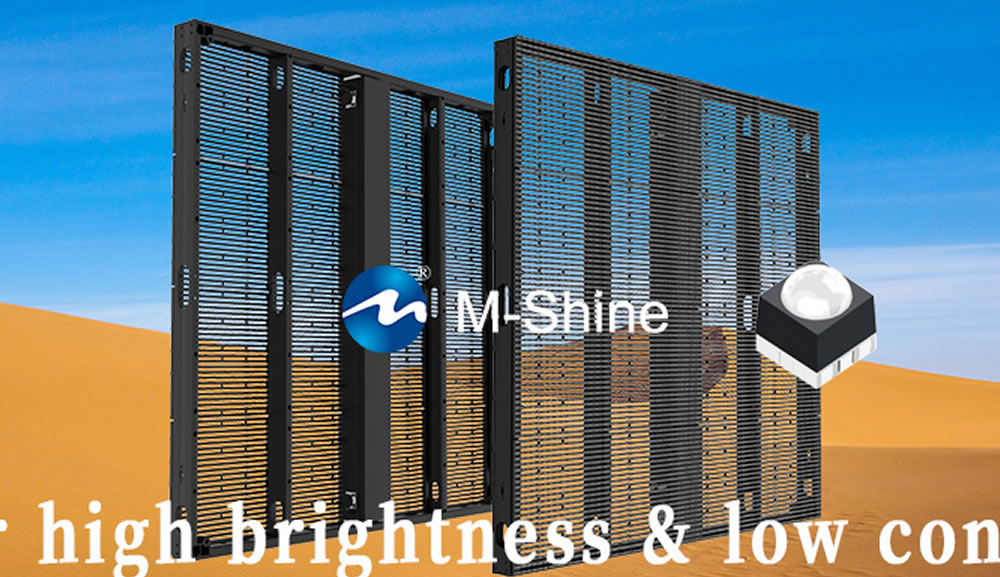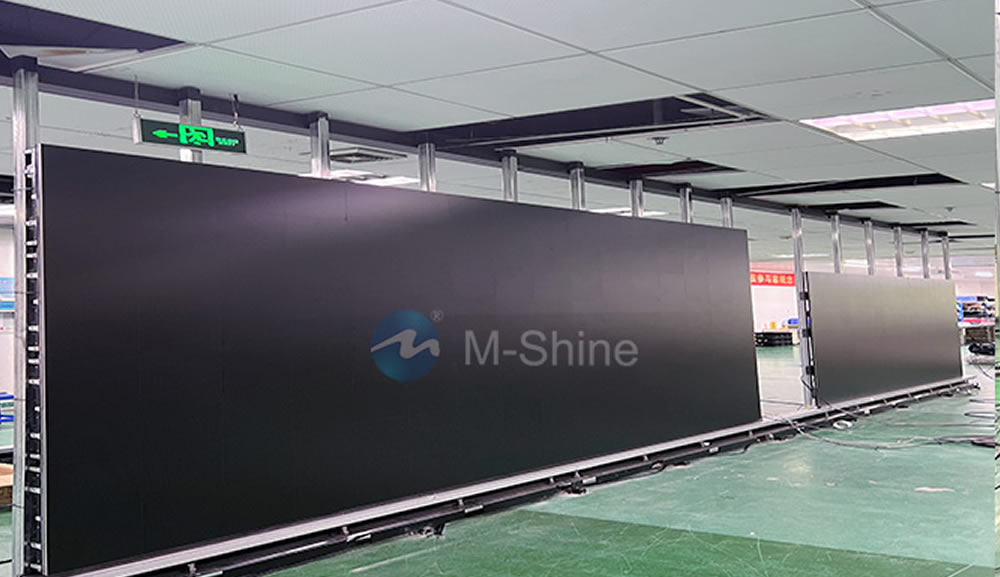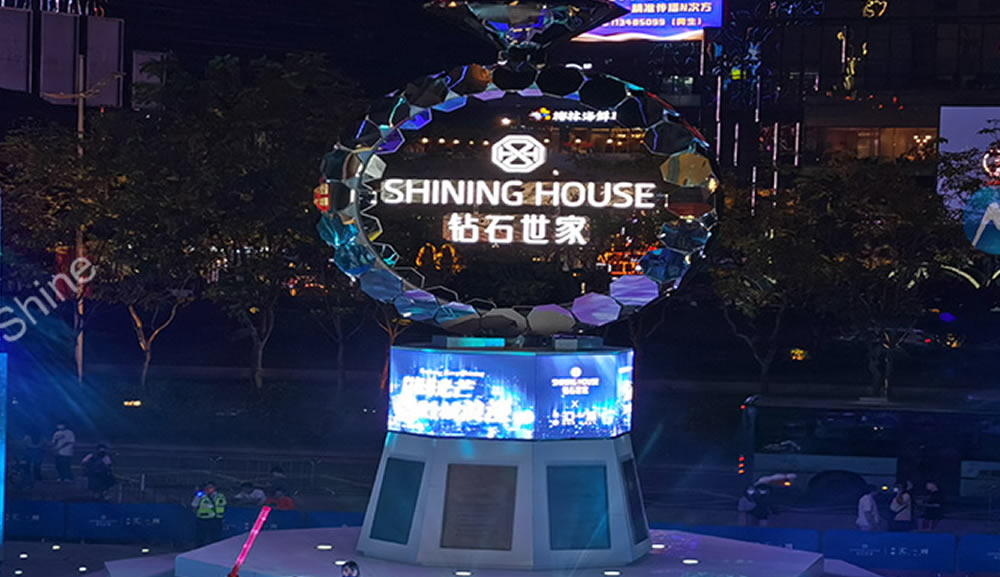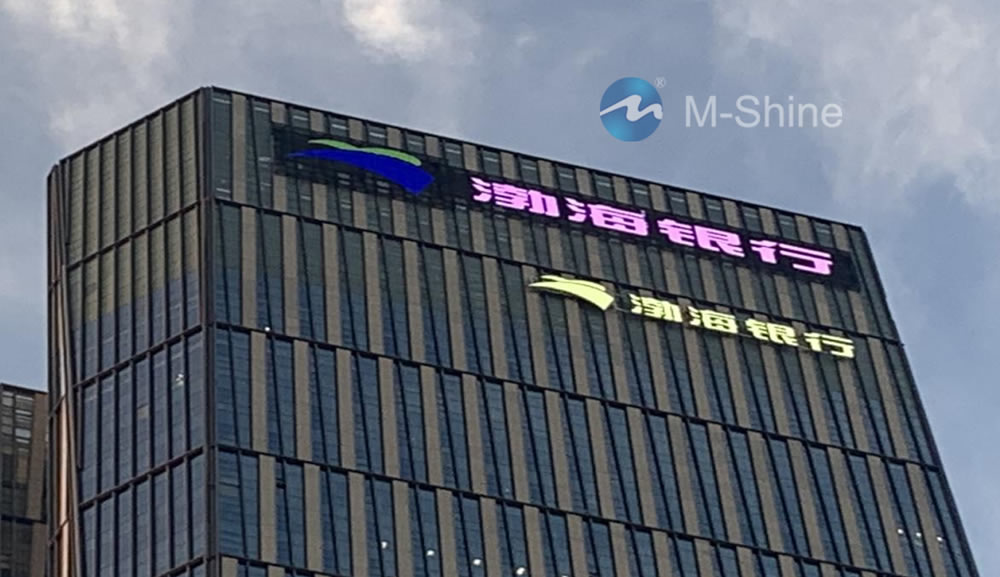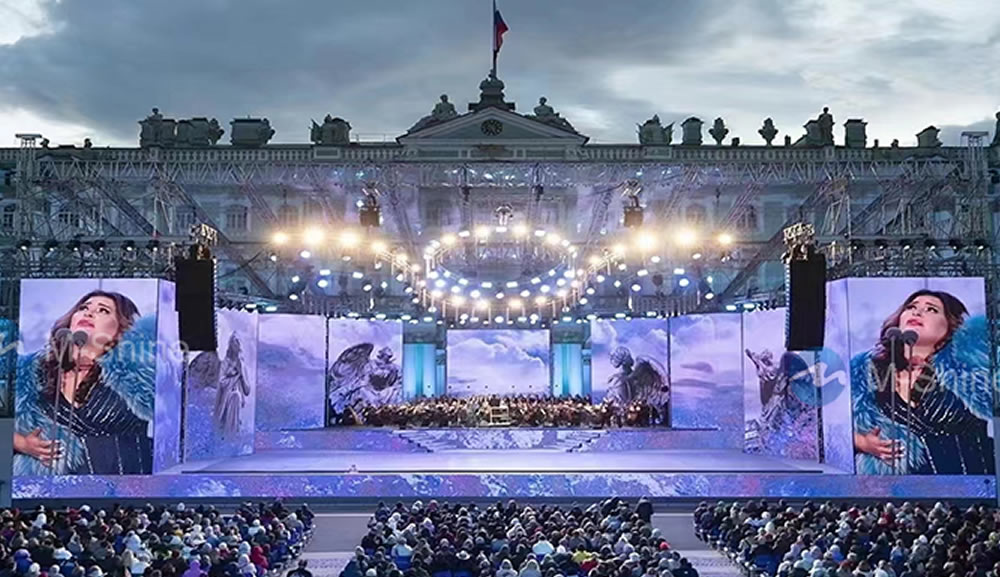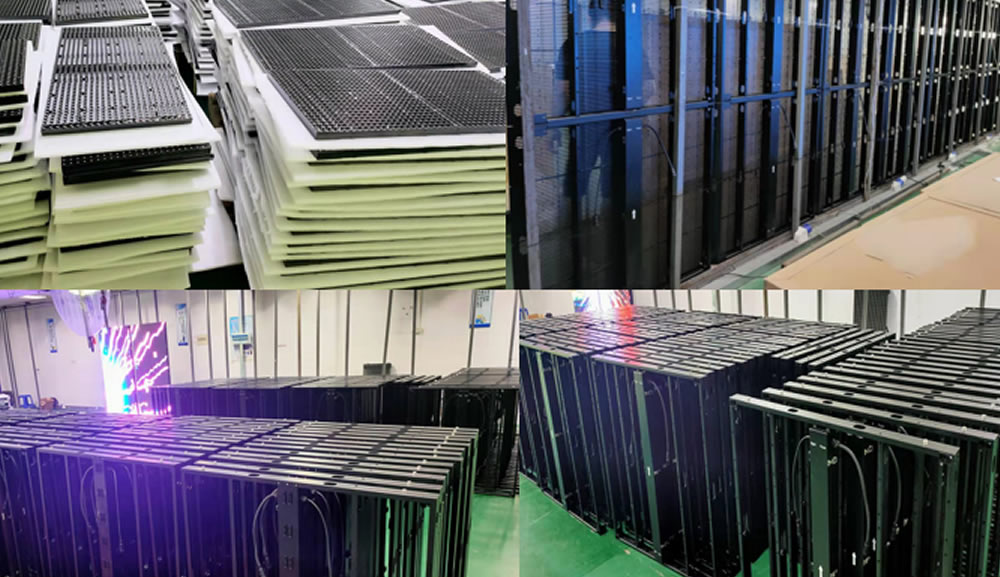Application analysis of LED all-in-one displays in the Chinese market
- Date: 2024-01-08 10:42:18
- Author: mxg
- Source:
- Browse:
As a new category that has emerged in the LED display industry in recent years, LED all-in-one displays are currently being applied in various scenarios such as conferences, education, exhibition displays, and control rooms, etc. According to the "China Mainland Fine Pitch LED Market Analysis Report" released recently, in 2023, the shipment volume of LED all-in-one displays in the Chinese mainland market exceeded 5000 units.

In terms of application areas, government and enterprise applications have the highest proportion, accounting for 64%. Business applications, including usage in meetings, conferences, hotel banquets, and digital exhibitions etc are close to 26%. Education applications have reached 7%. The remaining 3% is allocated to other applications, such as medical training, remote control, and other specialized uses.

Government and Business: Mainly Used for Conference and Exhibition Applications, Particularly in Retrofitting and Mobile Scenarios.
The application of LED all-in-one displays in the government and enterprise sectors shares similarities, with a primary focus on conference scenarios, utilized in venues such as lecture halls, multifunctional rooms, hotel banquet halls, and media broadcasting studios. Additionally, they find application in governmental and corporate settings, enhancing exhibition capabilities in areas such as conferences and trade shows.
In reality, within the government and enterprise industries, there are various options available for conference and exhibition solutions, including LED all-in-one displays, LED splicing, LCD splicing, large LCD displays, projectors, and more.

Comparison of Display Solutions Products in the Market
Data Source: RUNTO Technology
In comparison to the aforementioned display technologies, LED display products exhibit certain advantages:
1、Physical Seams in LCD Video Walls:
- LCD video walls have relatively large physical seams, impacting visual aesthetics. They primarily compete with LED displays in monitoring scenarios.
2、Size Limitations of Large LCD Displays:
- Large-sized LCD displays are constrained in size, with the maximum size currently not exceeding 120 inches. In contrast, LED displays can be seamlessly spliced based on specific size requirements. The competition between the two in conference scenarios is not pronounced, with LED displays being preferred for extra-large and large meeting rooms, while large LCD displays are suitable for medium and small meeting rooms.
3、Projectors:
- Although the size of projector can be seamlessly spliced according to needs, its lifespan is short, while the lifespan of LED displays can reach 100,000 hours. Relatively speaking, the competition between projectors and LED displays in conference scenes is more direct and sufficient.
In the government and business markets, the primary consideration when selecting product solutions is whether the product functions meet the requirements. LED all-in-one displays share similar application areas with fine-pitch LED splicing displays (fixed installation). Due to factors such as retrofitting flexibility, easy mobility, and convenient installation and maintenance, there is an increasing trend among government and business users to choose LED all-in-one displays for conference and exhibition scenarios.
The current disadvantage of LED all-in-one products lies in their pricing. Despite the price of a 135-inch LED all-in-one product with a pixel pitch of 1.56 reaching below 100,000 yuan, there is still a significant cost gap compared to other technologies. Therefore, the breakthrough path afor LED all-in-one displays is to achieve a higher "quality-price ratio" balance.
Education: Primarily applied in teaching and presentation scenarios, with widescreen products suited for the setting.
The adoption of LED all-in-one displays in the education sector is expanding, primarily utilized in teaching and presentation scenarios within universities and training institutions. These applications include lecture halls, tiered classrooms, and training rooms.
Enterprises are actively entering the education sector for two main reasons: first, policy guidance; and second, the pursuit of new market opportunities. At the policy level, there is a clear trend toward larger display sizes in the education market. The Ministry of Education has stipulated in the 'Interactive Electronic Whiteboard' standards that classrooms larger than 70 square meters (for 50 or more people) should be equipped with display devices of at least 100 inches. Additionally, within the education market, the product characteristics of small-pitch LED displays and LED all-in-one displays are consistent, the distribution structure of pixel pitch is similar, Therefore, they have become one of the important directions for enterprises to seek new growth.
From the layout of LED enterprises in the all-in-one display market, the size range covers from 108 to 220 inches. The 131-140 inch category holds the largest share of sales volume, reaching an impressive 47%. The 141-170 inch and 100-130 inch account for 28% and 20%, respectively.

Among these, 108/110 inches, 135/136/138 inches, and 165 inches are the main focal points and also advantageous application sizes in the education market. To meet the instructional needs of classrooms, companies have also introduced widescreen products with aspect ratios of 32:9 and 21:9.
Overall, LED all-in-one displays have been in the market development for five years. It believes that in 2024, LED all-in-one displays will enter a new phase in terms of technology, cost, brand lineup, market awareness, and influence. It is anticipated that within the next 3-5 years, LED all-in-one displays will become a market exceeding the hundred-billion-yuan mark.












